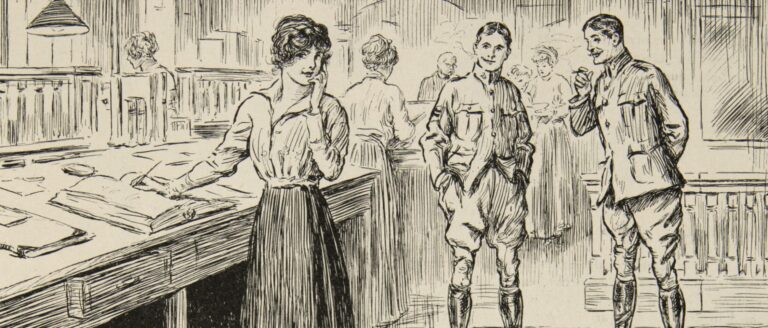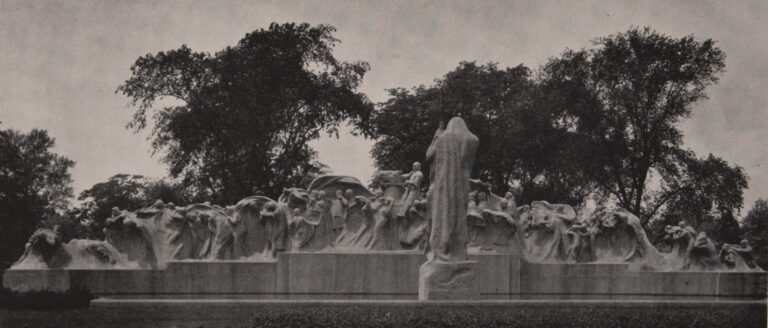
What groups, organizations, and individuals influenced the arts in Chicago in the early twentieth century?
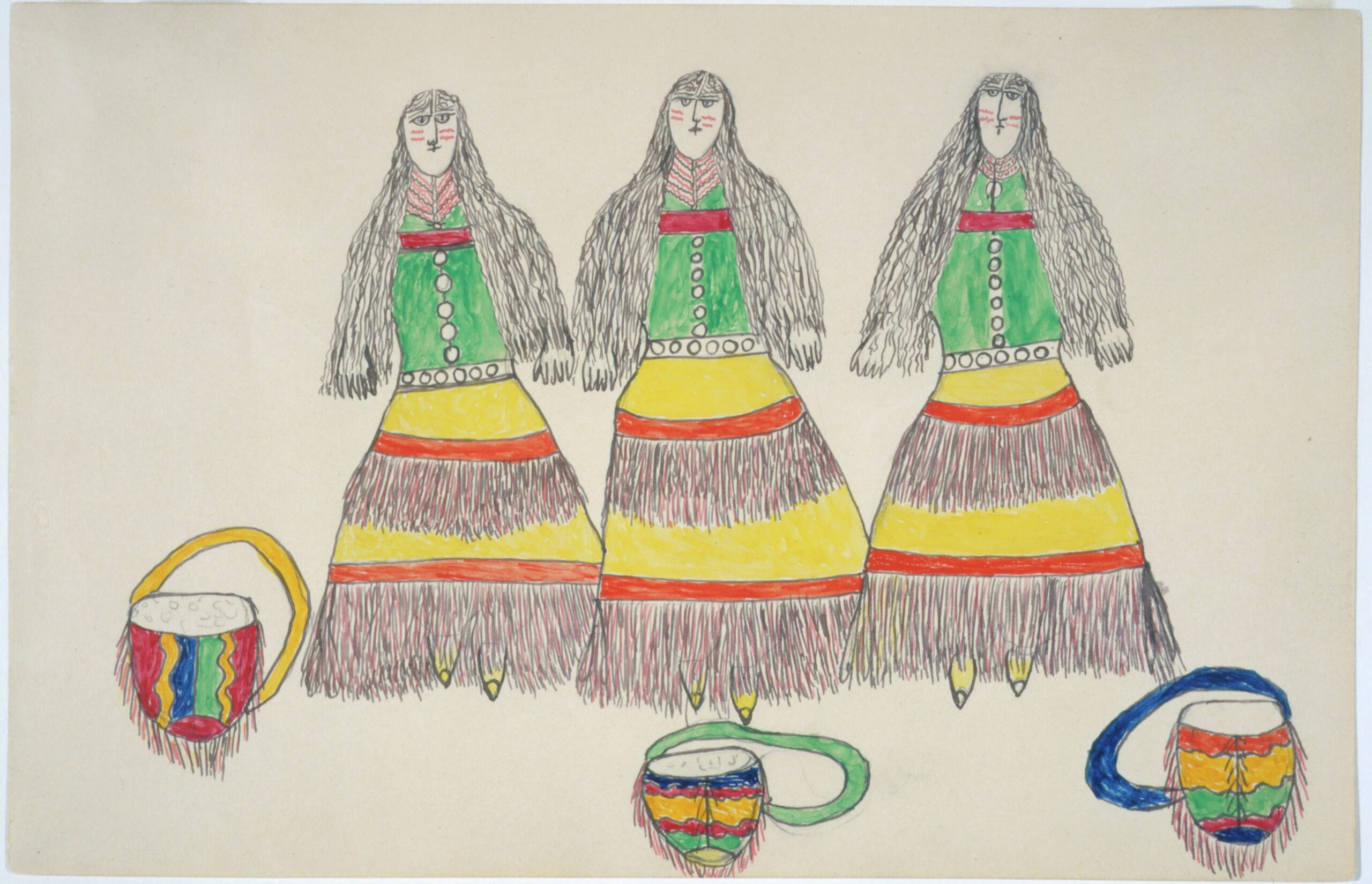
What do historical images of American Indian peoples tell us about the evolving relationships between Indians and non-Indians? What valuable information about our past and ourselves can we glean from artworks that portray indigenous peoples and also the materials that artists used?
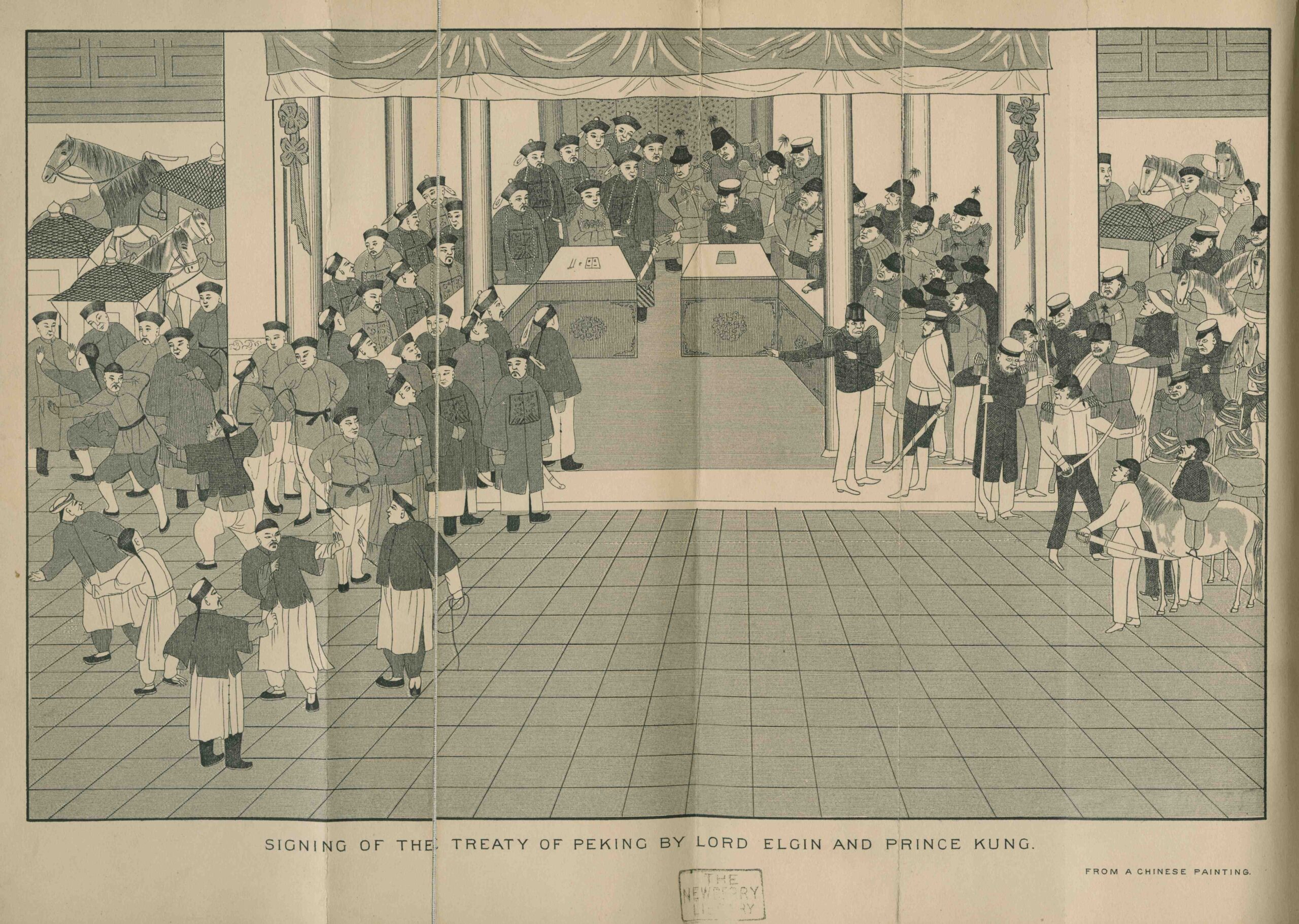
How have China’s economic and diplomatic ties to the outside world shaped its modern history?
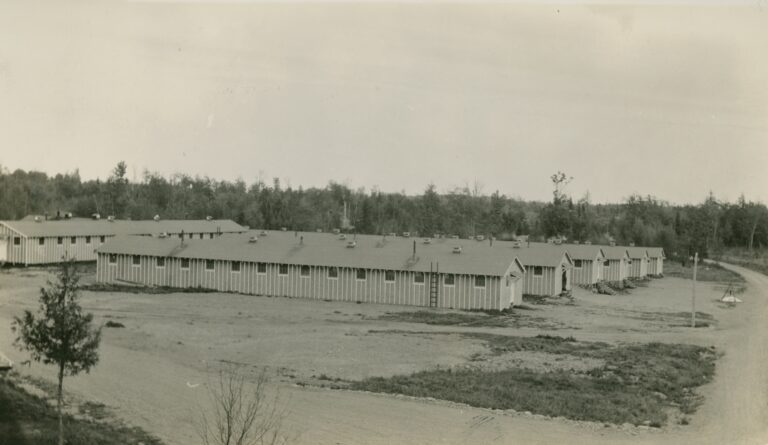
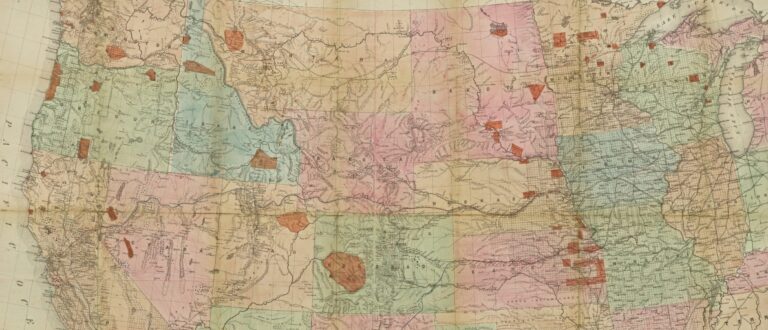
How are commodities extracted, produced, and exchanged? How have those processes shaped the physical and cultural landscape of North America? How might the way we see and study those processes alter our understanding of ourselves, the environment, or the history of North America?
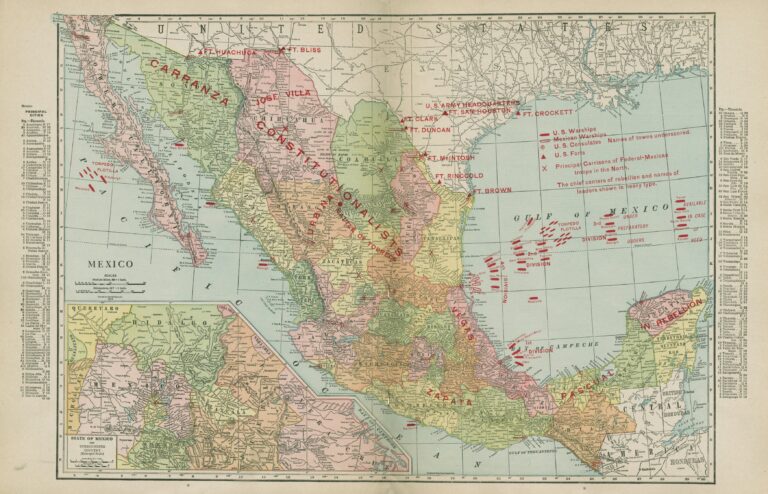
What social conditions contributed to the revolution? How did the United States seek to influence events in Mexico? How did artists and writers respond to the war?
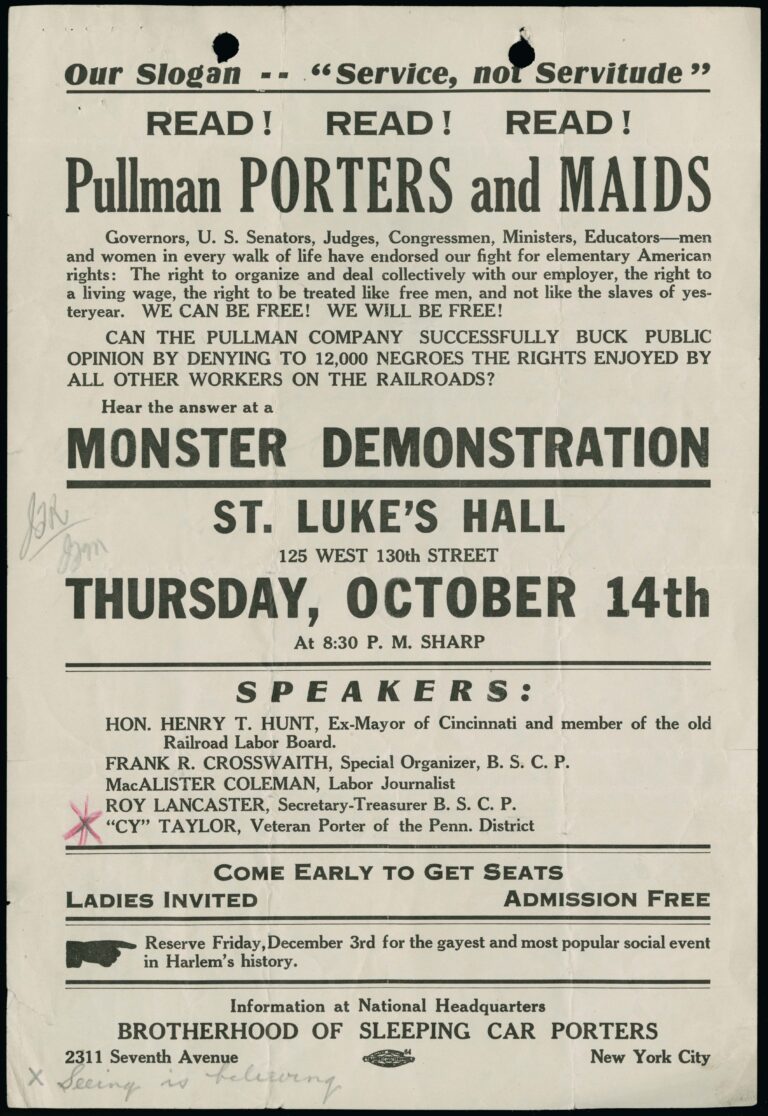
What does de facto segregation in the urban North look like? How is it similar and different from de jure segregation in the South? How did African Americans respond to the segregation and racism they faced in the North? How did the civil rights movement in the urban North connect to the movement in the South?
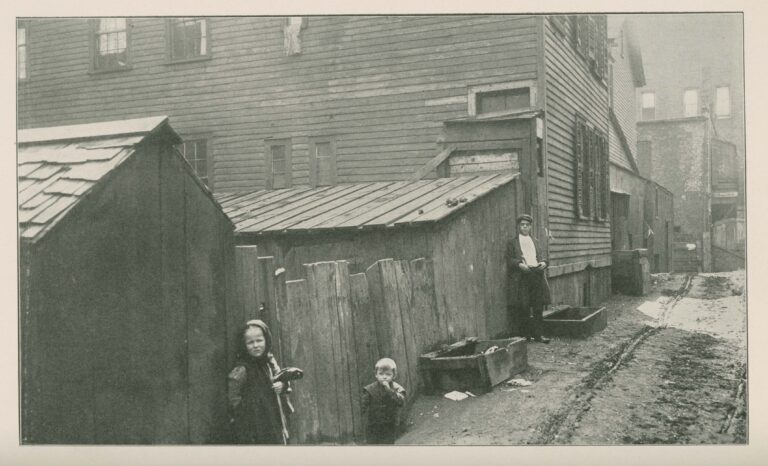
What did it mean to live in the neighborhood of the Union Stock Yard around 1900? How does Upton Sinclair’s representation of this community in The Jungle compare to the accounts of sociologists and reformers?
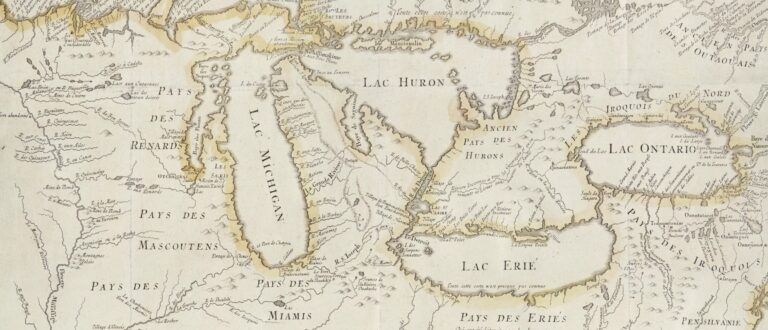
How do maps tell the early history of Chicago and the Midwest? How have maps been used by different empires and nations to secure control of the region?
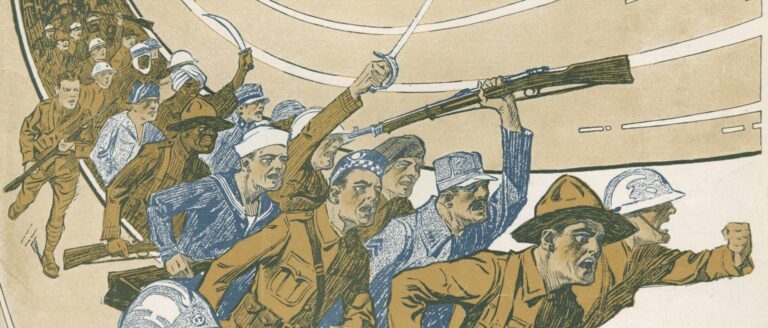

How did popular publications in the United States respond to World War I? How did artists, writers, publishers, and advertisers work to promote the war effort? What criticisms of the war did dissenting artists make?
